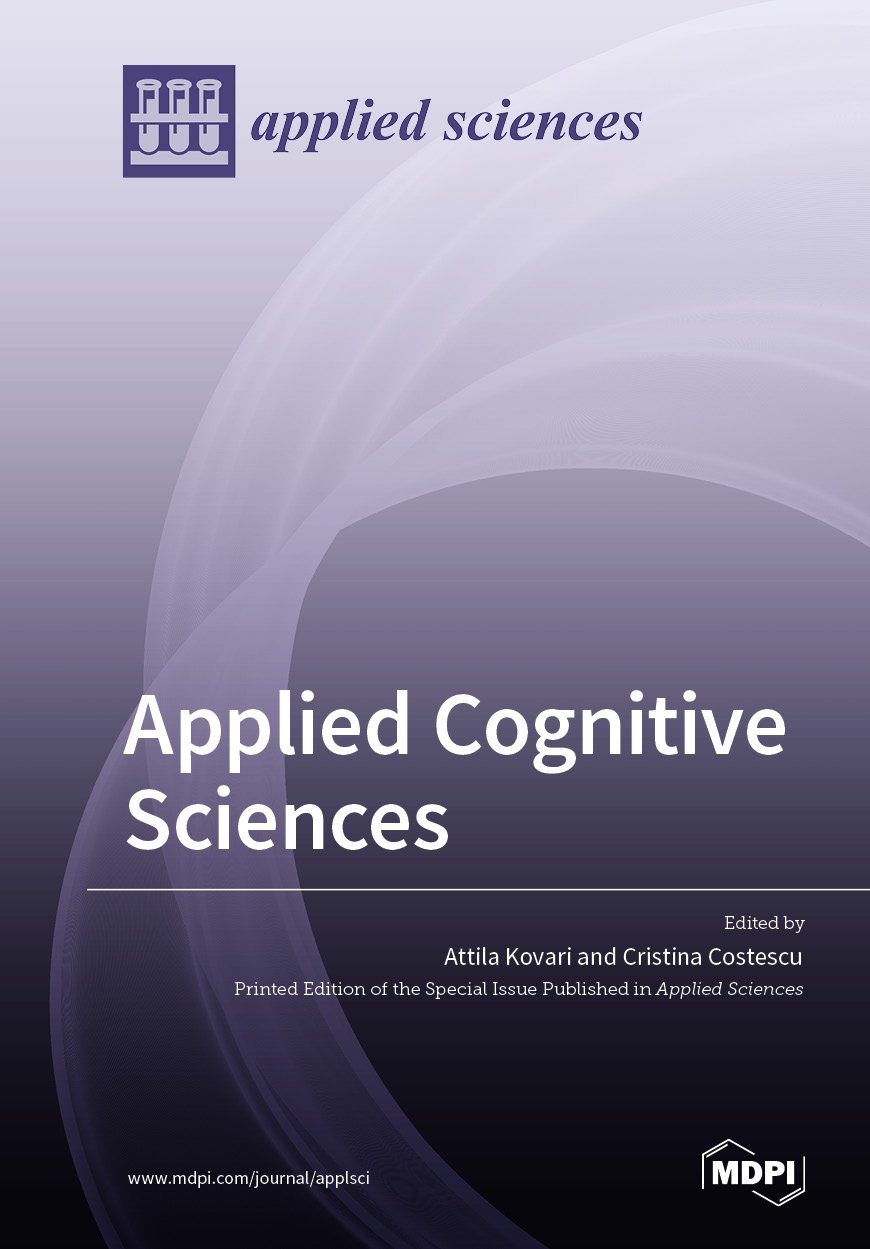基于动态红外热像仪(DIRT)的皮肤癌诊断冷却方法的比较分析
IF 2.5
4区 综合性期刊
Q2 CHEMISTRY, MULTIDISCIPLINARY
引用次数: 0
摘要
皮肤癌症是一个重要的全球健康问题,给个人和社会带来了越来越大的负担。传统的诊断方法,如目视检查和活检,在侵入性和准确性方面有局限性。因此,红外热成像等替代工具在皮肤癌症诊断中获得了关注。组织模拟模型在促进该领域的研究方面发挥了重要作用,提供了可控的环境。虽然它们不能完全复制人类皮肤的复杂性,但物理皮肤模型提供了稳定性、易于制造和对性能的控制。本研究采用琼脂体模。本研究的重点是在使用动态红外热成像诊断皮肤癌症的背景下测试和比较人类皮肤的冷却技术。研究了六种冷却方法:冷却包、铝奖章、冰、酒精、涡流冷却器和Zimmer Cryo 6冷却器。实验装置包括一台红外相机(Optris Xi400),其显微镜光学器件位于琼脂模型上方,模拟扁平皮肤和溃疡性皮肤损伤。基于在皮肤模型上进行的实验,观察到对流冷却方法提供了更一致和均匀的冷却。相反,导电方法被证明对扁平物体有效,但对隆起的皮肤或溃疡性病变的均匀冷却提出了挑战。冰或酒精被认为是不合适的,因为伪影会影响红外辐射和热像仪的视野。决策矩阵根据均匀性、可重复性、视野障碍、效率、工作量、患者舒适度、临床适用性、噪声暴露、耗材、额外设备和价格等标准评估冷却技术。在评估了各种因素后,Zimmer Cryo 6冷却器成为最合适的冷却方法。本文章由计算机程序翻译,如有差异,请以英文原文为准。
Comparative Analysis of Cooling Methods for Dynamic Infrared Thermography (DIRT)-Based Skin Cancer Diagnosis
Skin cancer is a significant global health issue, placing a growing burden on individuals and society. Conventional diagnostic methods like visual examination and biopsy have limitations in invasiveness and accuracy. As a result, alternative tools such as infrared thermography have gained attention in skin cancer diagnosis. Tissue-mimicking phantoms have been instrumental in facilitating research in this field, offering controlled environments. While they do not fully replicate human skin complexity, physical skin models provide stability, ease of fabrication, and control over properties. Agarose phantoms are employed in this study. This research focused on testing and comparing cooling techniques for human skin in the context of skin cancer diagnosis using dynamic infrared thermography. Six cooling methods were investigated: a cool pack, an aluminum medal, ice, alcohol, a vortex cooler and a Zimmer Cryo 6 cooler. The experimental setup involved an infrared camera (Optris Xi400) with microscope optics positioned above an agar phantom mimicking flat skin and an ulcerating skin lesion. Based on experiments conducted on the skin phantom, it was observed that convective cooling methods offered more consistent and uniform cooling. Conversely, conductive methods proved effective for flat objects but posed challenges in achieving uniform cooling for bulging skin or ulcerated lesions. Ice or alcohol were deemed unsuitable due to artifacts influencing the infrared radiation and thermal camera view. A decision matrix assessed cooling techniques based on criteria such as uniformity, repeatability, view obstruction, efficiency, workload, patient comfort, clinical suitability, noise exposure, consumables, additional equipment, and price. The Zimmer Cryo 6 cooler emerged as the most suitable cooling method after evaluating various factors.
求助全文
通过发布文献求助,成功后即可免费获取论文全文。
去求助
来源期刊

Applied Sciences-Basel
CHEMISTRY, MULTIDISCIPLINARYMATERIALS SCIE-MATERIALS SCIENCE, MULTIDISCIPLINARY
CiteScore
5.30
自引率
11.10%
发文量
10882
期刊介绍:
Applied Sciences (ISSN 2076-3417) provides an advanced forum on all aspects of applied natural sciences. It publishes reviews, research papers and communications. Our aim is to encourage scientists to publish their experimental and theoretical results in as much detail as possible. There is no restriction on the length of the papers. The full experimental details must be provided so that the results can be reproduced. Electronic files and software regarding the full details of the calculation or experimental procedure, if unable to be published in a normal way, can be deposited as supplementary electronic material.
 求助内容:
求助内容: 应助结果提醒方式:
应助结果提醒方式:


